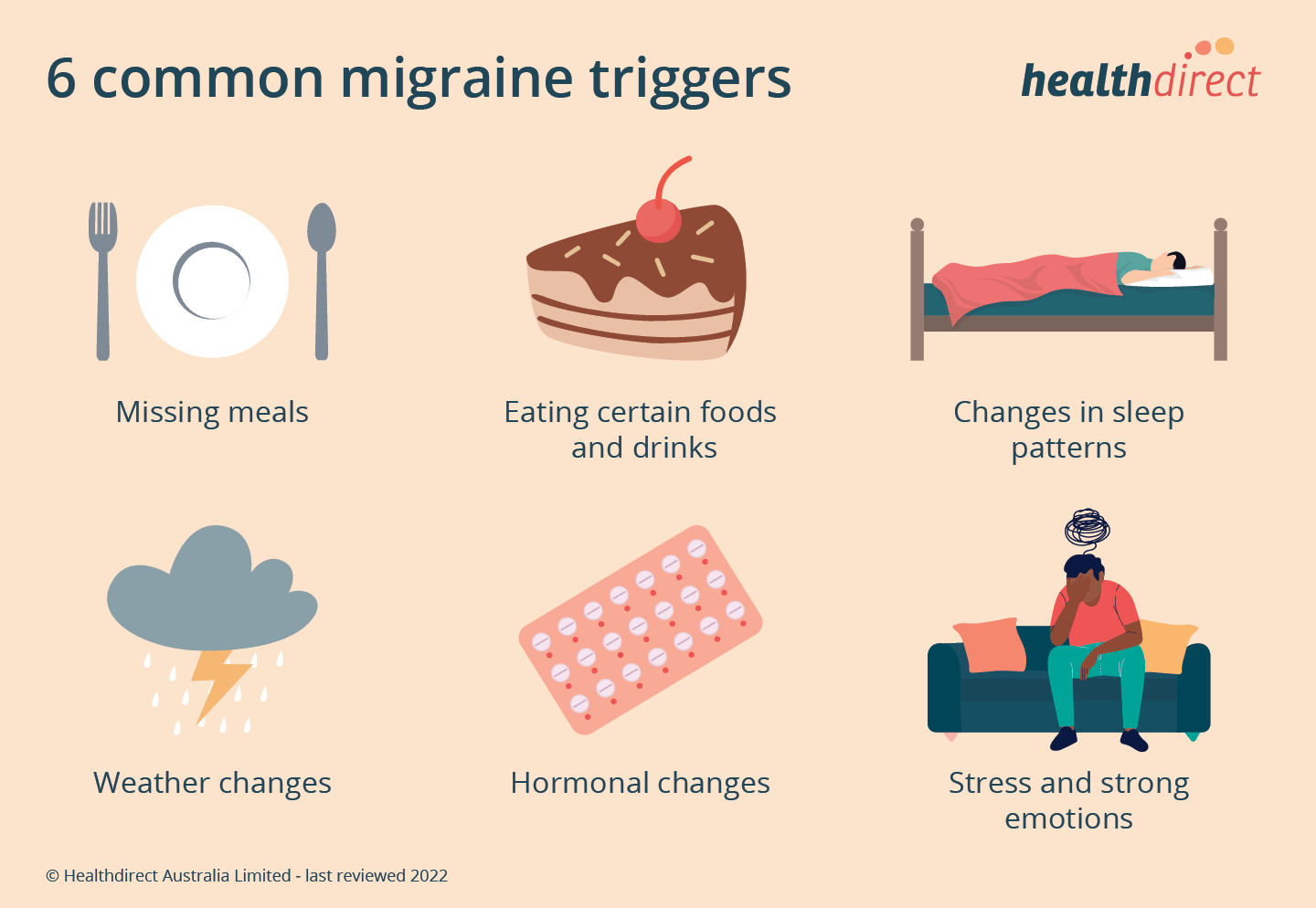Mastering Migraine Relief: The Top Trio of Proven Practices to Soothe Your Suffering
Migraines are much more than just severe headaches. They are a complex neurological condition marked by intense, debilitating pain, often accompanied by nausea, vomiting, and heightened sensitivity to light and sound. The Migraine Research Foundation estimates that nearly 1 billion people around the globe suffer from migraines, making it the third most common illness worldwide. Despite their prevalence, migraines are often misunderstood and inadequately treated due to the complexity of their triggers and symptoms. Fortunately, recent scientific research has made significant progress in understanding migraines, leading to effective strategies for managing and alleviating this condition. This article'll explore three proven practices for mastering migraine relief.
Understanding Migraine Triggers

The first step in mastering migraine relief is understanding your specific triggers. Migraine triggers can vary widely from person to person and may include certain foods, stress, hormonal changes, sleep deprivation, and environmental factors like weather fluctuations or bright lights. A study published in the Journal of Neurology, Neurosurgery & Psychiatry revealed that up to 97% of migraine sufferers can identify at least one specific trigger that brings on their attacks.
By identifying and avoiding these triggers, you can significantly reduce the frequency and intensity of your migraines. Keeping a migraine diary can be an effective tool for this. In your diary, track what you eat, your stress levels, sleep patterns, and other relevant factors. Over time, patterns may emerge that help you pinpoint your triggers. Once you know what they are, you can take steps to avoid or manage them, leading to fewer and less severe migraine episodes.
Non-Pharmacological Therapies

Non-pharmacological therapies have been shown to be effective in managing migraines. These approaches include lifestyle changes, stress management techniques, and biofeedback.
Lifestyle modifications are crucial and can encompass regular exercise, a balanced diet, maintaining a consistent sleep schedule, and staying well-hydrated. For example, engaging in regular physical activity can alleviate tension and reduce stress, which are common migraine triggers.
Stress management techniques, such as yoga, meditation, and deep-breathing exercises, can also be beneficial in preventing migraines. These practices help lower stress levels, thereby decreasing the likelihood of an attack.
Biofeedback is another valuable non-pharmacological therapy that teaches you to control physiological functions like heart rate, muscle tension, and skin temperature. This method can help reduce the stress and tension often associated with migraines.
Pharmacological Therapies

Pharmacological therapies are a cornerstone in managing migraines. These therapies can be categorized into preventive and abortive medications.
Preventive medications are taken regularly to minimize the severity and frequency of migraines. These may include beta-blockers, antidepressants, anticonvulsants, and CGRP inhibitors.
Abortive medications, on the other hand, are used at the onset of a migraine attack to halt its progression. Common options include triptans, ergots, and non-steroidal anti-inflammatory drugs (NSAIDs). It’s crucial to use these medications under the guidance of a healthcare provider, as overuse can lead to medication-overuse headaches.
Mastering migraine relief requires a comprehensive approach that involves understanding your triggers, incorporating non-pharmacological therapies into your routine, and utilizing pharmacological options when necessary. This multifaceted strategy takes patience and consistency, but with time, it can significantly enhance your quality of life.